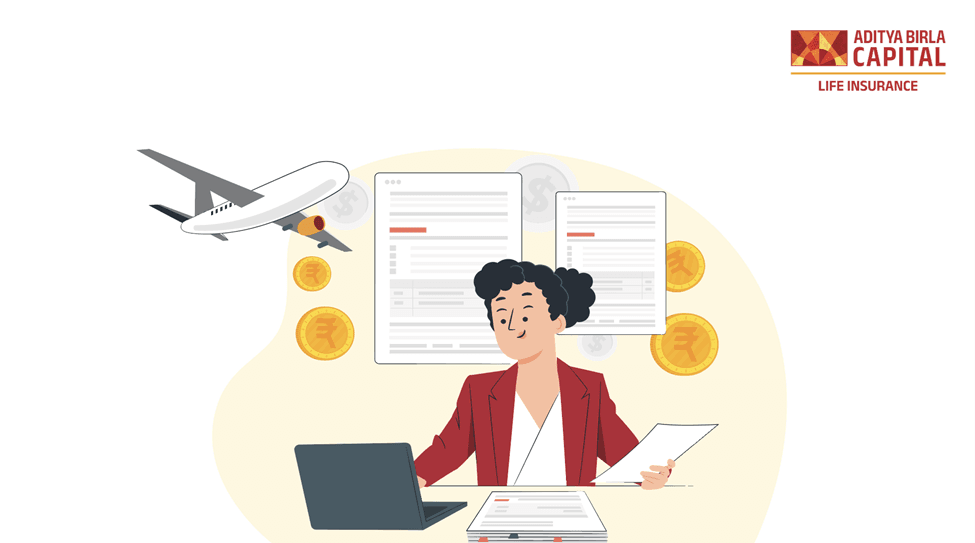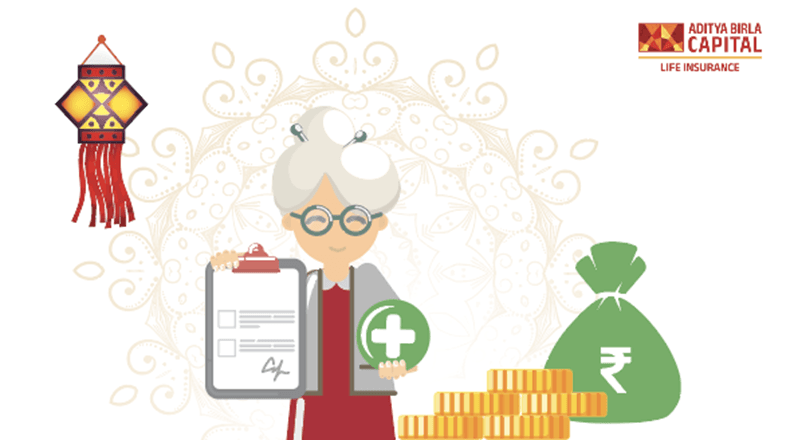Planning for retirement is a crucial aspect of financial security, yet many people make mistakes that can jeopardize their future. To ensure a comfortable and worry-free retirement, it's important to be aware of common pitfalls and avoid them. This guide will help you understand and steer clear of the most common retirement investing mistakes.
9 Retirement Investing Mistakes to Avoid
1. Starting Too Late:
One of the biggest mistakes is delaying the start of retirement savings. The earlier you start, the more time your money has to grow through compounding. Starting late means you’ll need to save significantly more to achieve the same retirement goals.
2. Underestimating Retirement Needs:
Many people underestimate how much money they will need in retirement. Consider longer life expectancy, healthcare costs, inflation, and the desire to maintain your current lifestyle. It's better to overestimate and have extra funds than to fall short.
3. Not Diversifying Investments:
Putting all your money into a single investment or asset class can be risky. Diversifying your investments across stocks, bonds, real estate, and other assets can help manage risk and ensure more stable returns.
4. Ignoring Inflation:
Failing to account for inflation can erode the purchasing power of your retirement savings. Ensure your investment portfolio includes assets that historically outpace inflation, such as equities or real estate.
5. Withdrawing Too Early:
Withdrawing from your retirement accounts too early can result in penalties and a reduced amount of money available for your later years. Try to avoid early withdrawals to allow your investments to grow.
6. Overlooking Healthcare Costs:
Healthcare can be one of the largest expenses in retirement. Not planning for these costs can significantly impact your savings. Consider investing in health insurance policies and keeping a separate fund for medical expenses.
7. Not Adjusting Your Portfolio:
As you age, your investment strategy should shift from growth-focused to income and preservation-focused. Failing to adjust your portfolio can expose you to unnecessary risks. Regularly review and rebalance your portfolio to match your changing risk tolerance and retirement timeline.
8. Ignoring Tax% Implications:
Not considering the tax% implications of your retirement investments can lead to unexpected liabilities. Understand the tax benefits% of different retirement accounts and plan your withdrawals strategically to minimize tax burdens%.
9. Relying Solely on Pension Plans:
Relying entirely on pension plans or government schemes may not be sufficient to cover all your retirement needs. It’s important to have additional savings and investments to ensure a comfortable retirement.
Conclusion
Avoiding these common retirement investing mistakes can significantly enhance your financial security in your golden years. Start early, plan your financial goal, diversify your investments, account for inflation, and adjust your portfolio as needed. By planning strategically and avoiding these pitfalls, you can achieve a comfortable and financially secure retirement. Remember, careful planning and informed decisions today can lead to a worry-free and enjoyable retirement tomorrow.










